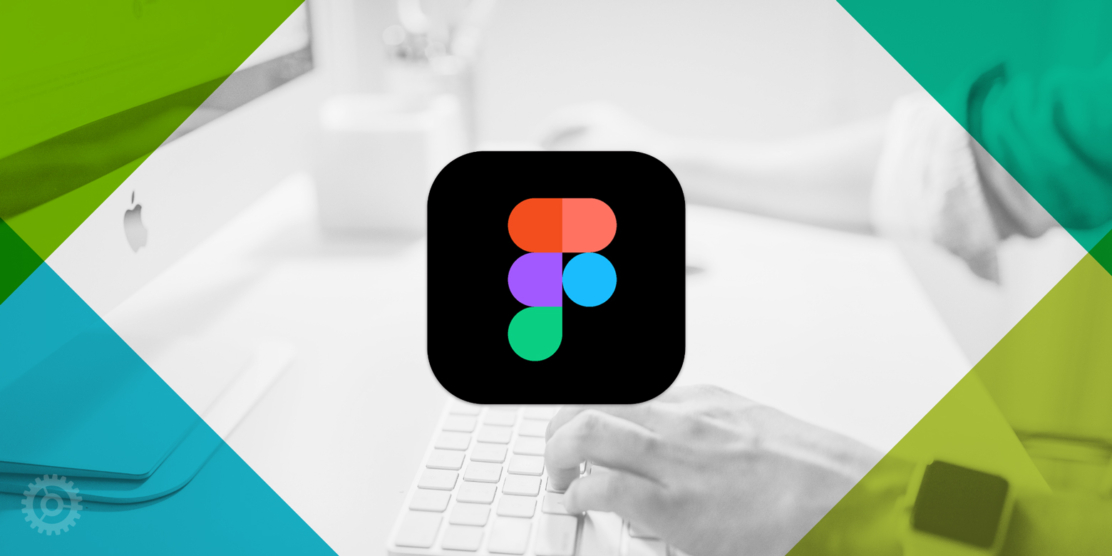
Prototyping is an integral part of our web design flow here at Clockwork. Long gone are the days when handing off a few static mock-ups of a web design and a sitemap sufficed. The web has become infinitely more complex. Now more than ever, it’s crucial to understand how a design will look and function within the environment where it will ultimately reside, the web.
Why We Use Figma to Prototype
As designers, we’re problem solvers. Just as a novelist goes through many revisions on a manuscript, we go through multiple iterations of a design before we are ready to present our work. Prototyping helps us figure out if our designs are working and, more importantly, where they need improvement. By using a prototyping tool, like Figma, we get a real feeling for how our designs will actually function. Prototyping allows us to make educated design decisions throughout the design process.
Desktop vs. Mobile Design
Designing for tablets and phones is very different than designing for the desktop environment. Prototyping software allows us (and our clients) to test and experience the designs we create in simulated “native” environments. We send all stakeholders an interactive prototype and allow them to experience how the site will reflow once programmed.
Collaboration is Key
Collaboration is essential to great design. With Figma’s commenting feature, clients can interact with prototypes, provide direct, contextual feedback, and see how their website will function before it’s built. This streamlined process eliminates confusing email chains and ensures the design meets their unique needs and goals.
Tips for a Productive Design Review:
- Focus on your clients, prospects, and other users of your website. What will they find the most useful? What information is most important to them? Try to avoid personal preferences. Instead, concentrate on your marketing and hiring goals.
- Encourage specific feedback rather than broad, general comments.
- Although it varies from project to project, we recommend selecting one person (often a Marketer) to review and consolidate feedback. After consensus is reached internally, that person can input the feedback into Figma to share it with your design agency. If you have questions, rather than adding them to Figma, we recommend following up in an email so that all members of the team can chime in.
How to Use Figma’s Commenting Feature:
In Conclusion
At Clockwork, we value our client’s input every step of the way. Figma makes it easy to collaborate seamlessly — no more confusing email chains or missed details. Together, we can create a website that not only looks amazing but also performs perfectly in its real-world environment.
Ready to bring your vision to life? Let’s dive into the design process together and create something extraordinary!

